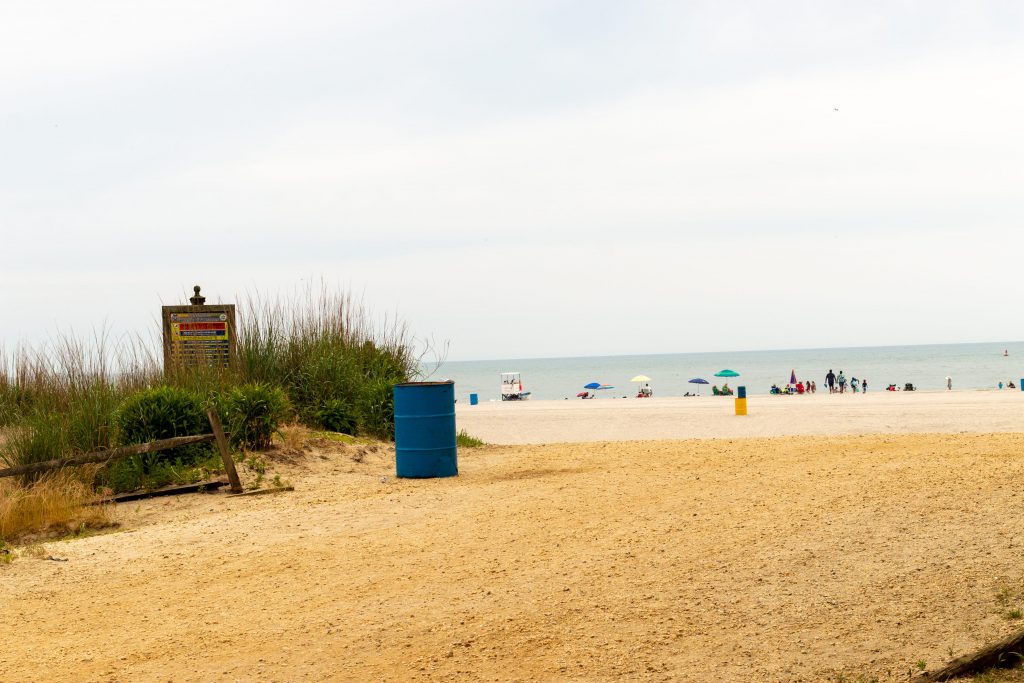- A teenage boy in Florida has been hospitalized with a brain-eating amoeba infection.
- His family brought him to the emergency room when he was feverish and hallucinating.
- Doctors believe he may have inhaled a dangerous amoeba while swimming at the beach.
A 13-year-old boy in Florida has been hospitalized with a brain-eating amoeba infection after a family trip to the beach, NBC2 reported.
The Ziegelbauer's vacation took a turn about a week after visiting Port Charlotte Beach, when their son Caleb began experiencing symptoms severe enough that they brought him to the emergency room.
He developed a headache and fever first, his family told the local news affiliate. They contacted his pediatrician when his fever spiked at 105 degrees and he began experiencing neck pain consistent with meningitis. The next day, Ziegelbauer began to hallucinate, prompting an hour-long drive to the hospital.
The boy is now being treated for swelling of the brain in the intensive care unit at Golisano Children's Hospital, according to a Facebook post from his aunt Katie Chiet.
Doctors believe that Ziegelbauer contracted a brain-eating amoeba called Naegleria fowleri while swimming at the beach. The amoeba is known to access the human brain by entering the nose, but most cases are officially diagnosed after a patient has died.
Only four people in the US are known to have survived infections with N. fowleri, according to the Centers for Disease Control and Prevention.
"A lot of times people don't get to the hospital quickly enough," Chiet said. "We're hoping that we did."
The amoeba infection may be confused with meningitis
Symptoms of primary amebic meningoencephalitis (PAM) typically appear within a week of exposure to the amoeba, according to the CDC.
Early symptoms of PAM may include severe frontal headache, fever, and stiff neck — all of which may also indicate bacterial meningitis, a more common brain infection.
Diagnosing PAM involves testing fresh cerebrospinal fluid for the presence of N. fowleri or looking at brain tissue gathered during biopsies and autopsies. Without a clear indicator of PAM, doctors may assume the infection is meningitis.
Ziegelbauer's blood tests and CSF cultures have been inconclusive, another aunt wrote on Facebook. The inflammation in his brain has gotten worse during his more than two weeks in the hospital, especially around the nasal cavity.
This is consistent with N. fowleri's method of infecting humans; the amoeba must enter through the nose to make a person sick. N. fowleri cannot infect people who only swallow or swim in contaminated waters.
The amoeba is known to thrive in warm freshwater, which may include a wider area as the climate warms.
The water at Port Charlotte is fed by three freshwater rivers that mix with the ocean waters of the Gulf of Mexico, creating a warm environment that can range from freshwater to salt water depending on the season, according to Lee County, Florida.

